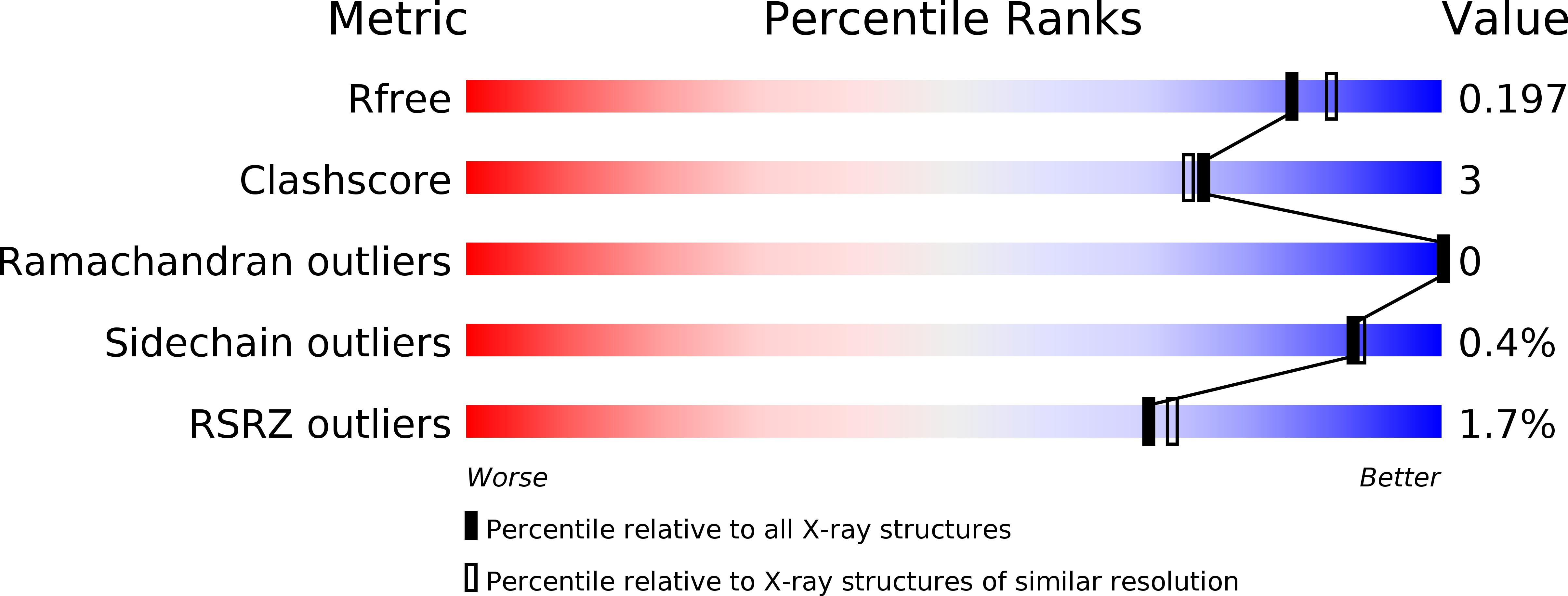
Deposition Date
2012-06-11
Release Date
2012-06-20
Last Version Date
2024-10-16
Entry Detail
PDB ID:
4AX9
Keywords:
Title:
Human thrombin complexed with Napsagatran, RO0466240
Biological Source:
Source Organism:
HOMO SAPIENS (Taxon ID: 9606)
HIRUDO MEDICINALIS (Taxon ID: 6421)
HIRUDO MEDICINALIS (Taxon ID: 6421)
Method Details:
Experimental Method:
Resolution:
1.90 Å
R-Value Free:
0.19
R-Value Work:
0.16
R-Value Observed:
0.16
Space Group:
C 1 2 1


